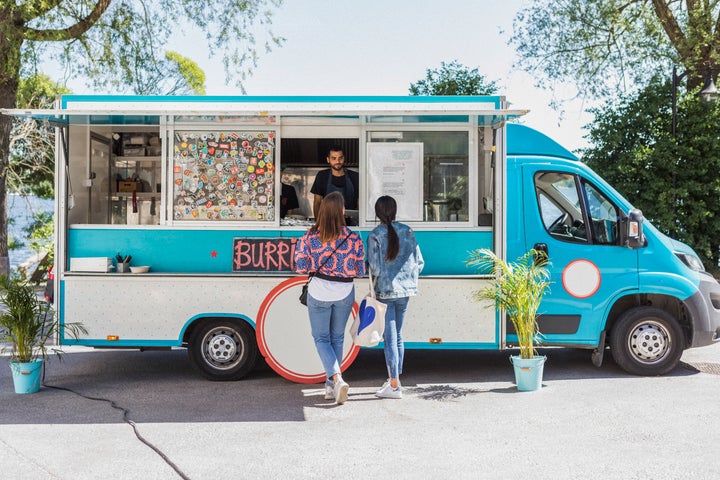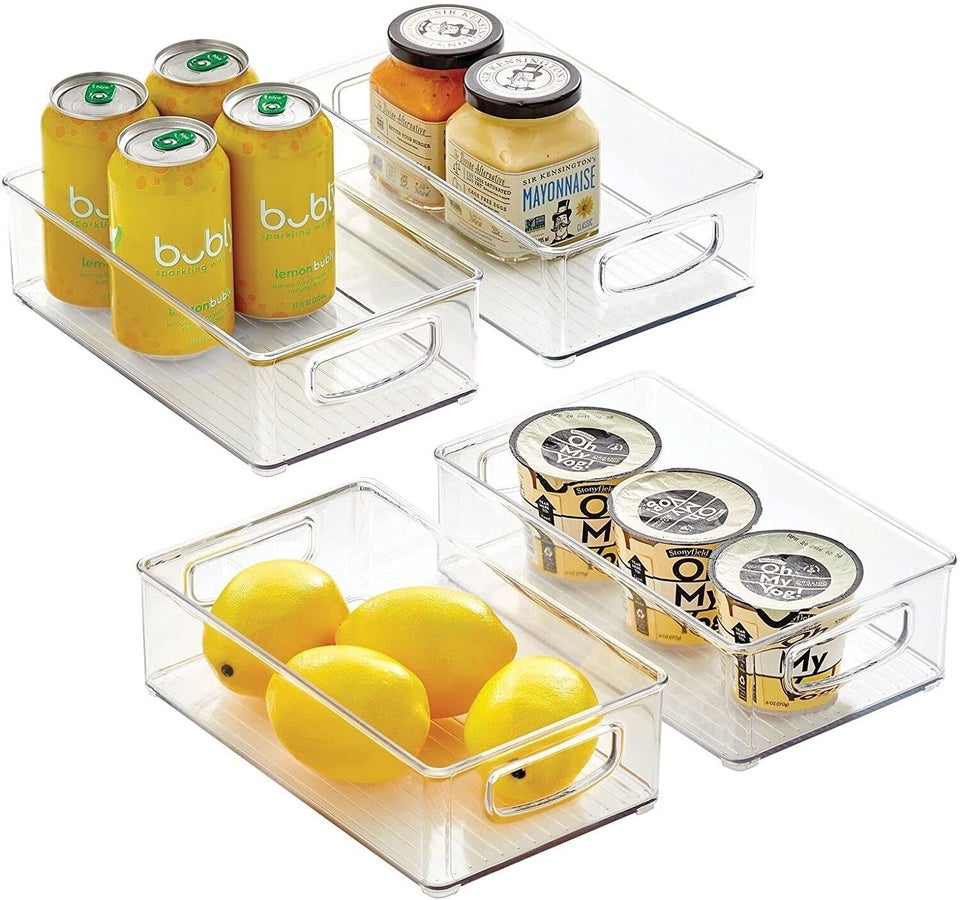
If you’re feeling sick to your stomach and wondering about the last thing you ate, you might — fairly or unfairly — blame the food truck you stopped at the night before.
Food trucks are small mobile operations, so they can be tricky environments for chefs and front-of-house employees to run properly.
“As there is very limited staff on a food truck, the workers must be able to execute many different tasks in a small space and an intense, short span of time,” said Mitzi Baum, CEO of STOP Foodborne Illness, a nonprofit advocating for food-safe practices in academia, government and hospitality.
These talented skeleton crews need to be carefully trained to deal with the constraints of their restaurants-on-wheels, which can include everything from “limited space, limited refrigeration and heating capabilities, and vibrations and potential equipment damage [from] mobility,” explained Francine Shaw, food safety consultant and CEO of Savvy Food Safety Inc.
While such unique challenges can certainly compromise food safety, the experts we interviewed assured us that well-run food trucks maintain the same standards of hygiene, cleanliness and proper temperature storage as full-scale restaurants.
But due to negative assumptions about their food safety practices (especially when it comes to food trucks that aren’t in trendy neighborhoods and don’t feature Instagrammable aesthetics), all food truck proprietors should “be transparent about food safety,” said Jonathan Deutsch, professor of food and hospitality management and nutrition sciences at Drexel University in Philadelphia.
We spoke with several food safety experts who shared what they look for when eating at a food truck. Look for these positive signs to indicate a well-operated hospitality business.
1. A Clean Exterior And Service Area
When it comes to the overall look of the truck’s exterior and service area, photo-ready decor won’t tell you anything about the safety of the food, but a “well-maintained exterior often reflects a well-maintained interior,” said Melanie Underwood, a ServSafe-certified culinary instructor.
Look for windows free of dirt and dust, a kitchen area that’s well-organized and uncluttered, and “a clean counter free from spills or food particles, which indicates attention to hygiene and regular cleaning. If squeeze bottles with condiments are available, they [should be] clean and wiped down,” Underwood said.
2. Clear Displays Of Health Department Certificates
Food trucks, like restaurants, are subject to health department inspections and receive permits and certificates vouching for their food-safe practices. If a food truck passes said inspections and has the certificates to show for it, then Brian Chau, a food scientist and food systems analyst, believes that it should “have the certificates of health inspectors and any ServSafe food certificates listed by the passenger seat window or somewhere nearby.”
3. Workers Wearing Protective Gear
While some food trucks are large enough to have separate kitchen areas outside of public view, it’s easy for guests to see through the windows of most trucks and get a clear glimpse of the culinary side of the operation. That’s why Chau urges food truck employees to “show that they are wearing proper protective equipment like gloves and aprons.”
Single-use gloves are particularly reassuring. Deutsch said that they are “less important for employees working the fryer” since the hot oil will cook away most germs, “but if I’m ordering a sandwich or a smoothie, I’d want to see the gloves.”
Also keep an eye out for whether workers are changing their gloves after handling raw meat or other ingredients that can cause cross-contamination — especially if they’re handling money with those same gloves.

4. A Hand-Washing Station
“Sometimes, it is hard to see if [a truck] has a dedicated hand-washing station, but it is ideal, preferably with liquid soap and disposable towels,” Underwood pointed out.
Potable water can be a challenge for food trucks since, as Chau explained, “the food truck has a water tank [with ] a finite amount of fresh water for use on the truck.” Even so, it’s crucial for trucks to budget their water use in a way that allows them to wash up regularly throughout the day.
5. A Functioning Generator
Generators are the literal power center of any food truck, and Chau said the first thing that he does when visiting a food truck is to “listen for a generator to know if the appliances are running [and] to ensure the product is being kept at a food-safe temperature. If there is no generator, then the type of food product should already be pre-packed — like an ice cream truck where there is enough insulation and the product should already be [designated as] food safe.”
6. Hand Sanitizer Available To Guests
The knowledge that food truck employees have the ability to keep their hands clean while working is reassuring to food safety experts, but because food truck patrons generally “don’t have the benefit of a beautifully-appointed restroom, I would also hope that there’s access to hand sanitizer so that I can sanitize my hands before I eat,” Deutsch said.
7. A Willingness To Communicate With Diners About Safety Measures
Food trucks offer diners a more up-close-and-personal view of back-of-house operations than a typical restaurant with a non-open kitchen. For that reason, Shaw thinks food truck operators should lean into that by “educating customers. Offer information about your food safety practices through signage, menus or promotional materials. Highlight your commitment to sourcing high-quality ingredients, following proper handling procedures and maintaining safe cooking temperatures.”
Also, Shaw recommends “responding to customer inquiries: Be receptive to customer questions or concerns about food safety. By addressing customer concerns promptly and transparently, you can build trust and loyalty.”
